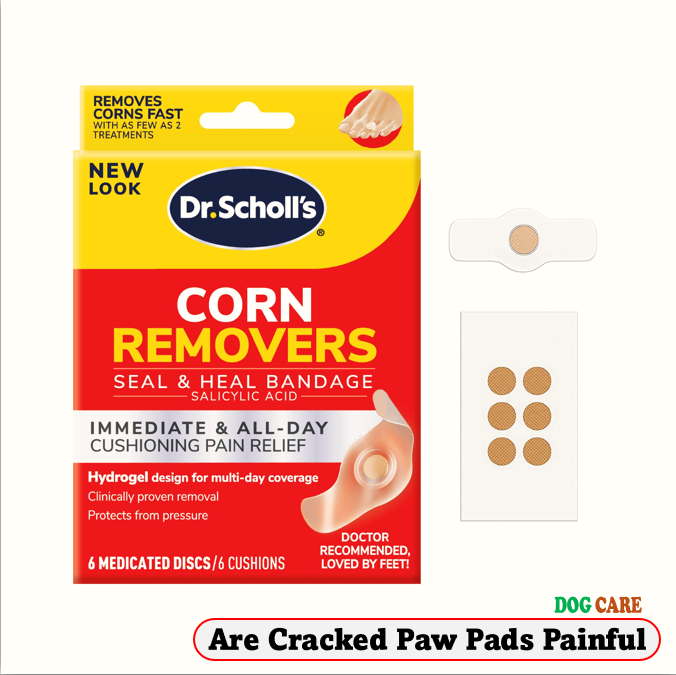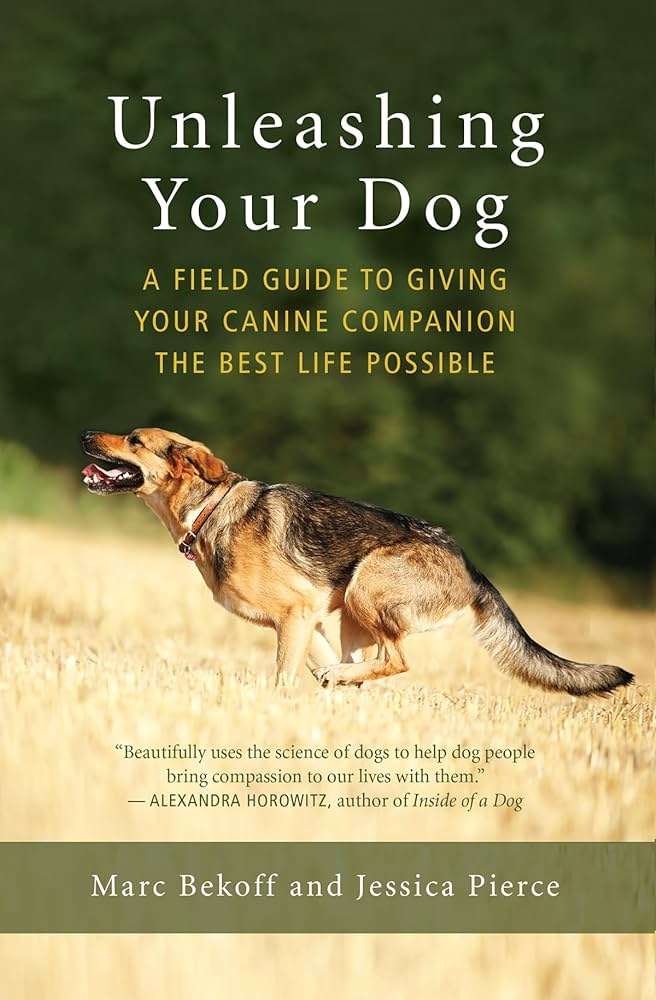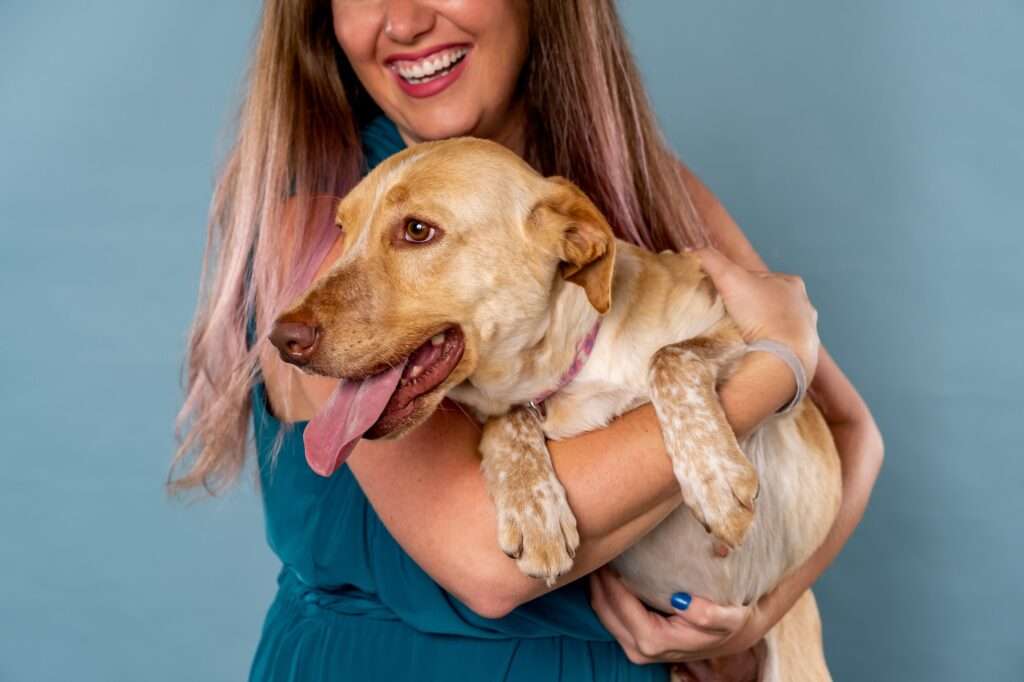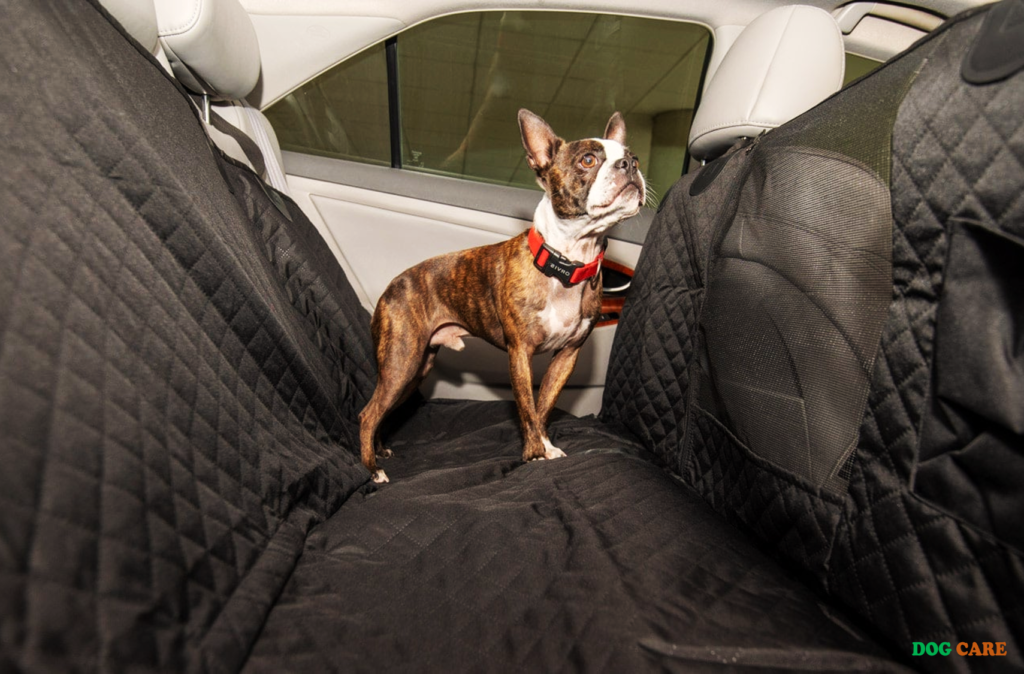Are Cracked Paw Pads Painful – Yes, cracked paw pads can be painful for dogs, causing discomfort and possible inflammation. Having healthy and intact paw pads is essential for dogs, as they act as protective layers against various surfaces and provide traction.
However, factors such as dry air, hot pavements, rough terrain, excessive licking, and allergies can lead to cracked paw pads in dogs. These cracks can range from minor splits to deep fissures, causing pain and potentially exposing the sensitive tissues beneath.
It is important for pet owners to be aware of the signs of cracked paw pads, such as limping, licking, bleeding, and avoiding certain surfaces. Prompt treatment and proper paw pad care can help alleviate the pain and allow the pads to heal effectively.

Signs And Symptoms Of Cracked Paw Pads
Cracked paw pads can be a source of discomfort and pain for our furry friends. It is important for pet owners to be aware of the signs and symptoms of cracked paw pads in order to provide necessary care and relief. In this section, we will explore the common signs and symptoms of cracked paw pads in dogs and cats, so that you can quickly identify and address this issue.
Visible Cracks Or Fissures
One of the most apparent signs of cracked paw pads is the presence of visible cracks or fissures on the pads. These cracks may appear as thin lines or deep splits on the surface of the paw pads. Pay close attention to the appearance and texture of your pet’s paw pads, especially if you notice any changes in color or texture. The cracks may be white, black, or a different color depending on the severity of the condition.
Bleeding Or Oozing
If the cracks on the paw pads become severe, you may notice bleeding or oozing from the affected areas. This can happen when the cracks go beyond the outer layers of the pad and reach the sensitive and blood vessels underneath. If you notice any bleeding or oozing, it is crucial to clean the area gently and seek veterinary attention to prevent infection and provide proper treatment.
Limping Or Favoring The Paw
Cracked paw pads can cause discomfort and pain, which may lead to limping or favoring of the affected paw. If you observe your pet limping or avoiding putting weight on a specific paw, it could be a sign of cracked paw pads. Animals may exhibit an altered gait to avoid putting pressure on the painful areas. Keep an eye out for any changes in your pet’s mobility or behavior, as it may indicate a need for intervention.
In summary, keep an eye out for visible cracks or fissures, bleeding or oozing, as well as limping or favoring of the paw. These signs and symptoms can help you quickly identify if your pet is experiencing cracked paw pads, allowing you to take prompt action and provide the necessary care and relief. Remember, when it comes to your fur baby’s well-being, early detection and intervention can make a world of difference.
Causes Of Cracked Paw Pads
Cracked paw pads can be painful for dogs, causing discomfort and potential infections. Common causes include dryness, rough surfaces, allergies, and environmental factors such as extreme temperatures or excessive moisture.
Dry Or Dehydrated Paw Pads
Paw pads are designed to provide protection and support, but they are also susceptible to various issues, including cracking. One major cause of cracked paw pads is dryness or dehydration. Just like our skin, the skin of a dog’s paw pads can become dry, especially in dry climates or during certain seasons. When the paw pads lack moisture, they can become brittle and prone to cracking.
Extreme Temperatures
Dogs are exposed to different weather conditions, and extreme temperatures can be harsh on their paw pads. Walking on hot pavement during the summer or on icy surfaces during winter can lead to cracking. The heat can cause the paw pads to burn, while the cold can cause them to become dry and brittle. It is essential to protect your dog’s paws from extreme temperatures to prevent cracking and discomfort.
Chemicals Or Irritants
Another common cause of cracked paw pads is exposure to chemicals or irritants. Dogs often come into contact with various substances while walking outside, such as road salt, cleaning agents, or even lawn chemicals. These substances can be irritating to the paw pads and may strip them of their natural oils, leading to dryness and cracking. It’s important to be mindful of the surfaces your dog walks on and minimize exposure to harmful chemicals.
Allergies
Allergies can also contribute to the cracking of paw pads. Dogs can develop allergies to certain foods, environmental factors, or even grooming products. When a dog has an allergic reaction, it can manifest in different ways, including dry and cracked paw pads. If you suspect that your dog’s cracked paw pads are due to an allergy, it’s best to consult with a veterinarian to determine the underlying cause and establish an appropriate treatment plan.
Infections
Infections, such as bacterial or fungal infections, can cause discomfort and contribute to the cracking of paw pads. Dirty or contaminated environments, as well as poor hygiene, can increase the risk of these infections. If left untreated, the infections can worsen, leading to more severe symptoms and potential complications. If you notice signs of infection, such as swelling, redness, or discharge, it is crucial to seek veterinary care promptly.
Treatment And Prevention Of Cracked Paw Pads
When it comes to our furry friends, their paw pads play a crucial role in their overall comfort and mobility. Cracked paw pads can be painful for your pet, causing discomfort and even leading to infections if left untreated. Fortunately, there are several effective methods for treating and preventing cracked paw pads. In this article, we will explore some of these methods, which include moisturizing and hydrating, using paw balms or wax, protective boots or socks, avoiding harsh environments, and regular paw inspections and care.
Moisturizing And Hydrating
Moisturizing and hydrating your pet’s paw pads is an essential step in preventing and treating cracks. Just like our own skin, their paw pads can become dry and dehydrated, making them prone to cracking. Consider using a high-quality pet-safe moisturizer or paw pad lotion to keep their paws soft and supple. These products are designed to provide the necessary hydration, soothing any existing cracks and preventing new ones from forming.
Using Paw Balms Or Wax
Another great option for treating and preventing cracked paw pads is using paw balms or wax. These products create a protective barrier on your pet’s paw pads, shielding them from harsh elements such as hot pavement, ice, snow, and rough terrains. Paw balms and waxes are typically made with natural ingredients that promote healing and moisturization. Simply apply a thin layer onto their paw pads before heading outside, and reapply as needed.
Protective Boots Or Socks
If you live in an area with extreme weather conditions or frequently walk your dog on rough surfaces, using protective boots or socks can be highly beneficial. These items act as a shield, preventing direct contact between your pet’s paw pads and the harsh environment. Look for boots or socks that are specifically designed for dogs, ensuring they fit snugly and provide adequate protection.
Avoiding Harsh Environments
Avoiding exposure to harsh environments is another crucial aspect of preventing cracked paw pads. If possible, try to limit your pet’s time spent on hot pavement, icy surfaces, or rough terrains. Opt for walks during cooler times of the day or on grassy areas. Additionally, be mindful of any chemical treatments, such as rock salts or deicers, that may irritate their paws. Taking these precautions can significantly reduce the risk of developing cracked paw pads.
Regular Paw Inspections And Care
Lastly, regular paw inspections and care are essential for early detection and prevention of cracked paw pads. Take the time to examine your pet’s paws regularly, looking out for any signs of cracks, redness, swelling, or foreign objects stuck between their paw pads. Use a pet-friendly paw cleaner or plain warm water to clean their paws after walks, and gently pat them dry with a clean towel. By incorporating these habits into your pet care routine, you can ensure their paw pads remain healthy and crack-free.

Frequently Asked Questions Of Are Cracked Paw Pads Painful
How Do I Treat My Dogs Cracked Paws?
To treat your dog’s cracked paws, start by inspecting the paws for any foreign objects, cuts or infections. Clean them gently with lukewarm water and mild soap, then apply a veterinary-recommended paw balm or moisturizer. Avoid walking on rough surfaces and use booties if necessary.
If the condition worsens or persists, consult a veterinarian for further treatment.
Will A Dog’s Cracked Paw Heal On Its Own?
Yes, a dog’s cracked paw will generally heal on its own. However, it is important to keep the area clean and free from infection. If the paw doesn’t show signs of improvement, consulting a veterinarian would be advisable.
Can I Walk My Dog With Cracked Paws?
Yes, you can walk your dog with cracked paws. However, it’s important to take precautions. Use paw protection balms or booties to prevent further damage and irritation. Monitor your dog’s behavior and consider shorter walks or softer surfaces.
How Do You Tell If Dogs Paw Pad Is Hurt?
Check for the following signs to see if your dog’s paw pad is hurt: limping, bleeding, swelling, redness, or your dog licking or biting the paw excessively.
Conclusion
Cracked paw pads can cause discomfort and pain for our furry friends. It is crucial to address this issue promptly to prevent further complications. Regular grooming, moisturizing, and protection can help heal and strengthen the paw pads. Don’t ignore the signs! By providing proper care and attention, you can ensure your pet’s paw pads remain healthy and pain-free.


